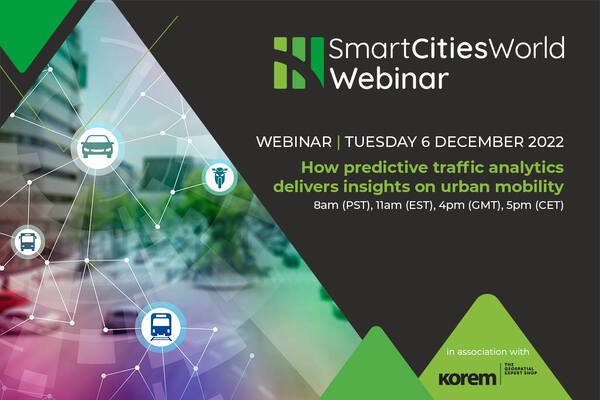Find out how mobility data can be used to predict demand & used in transportation models and how some of the largest public transit authorities are currently using traffic data for planning.
Today, municipalities are being faced with more and more challenges. The growing population adds extra pressure onto usually inefficient transportation networks where commuters are faced with increasing road congestions. With more cars on the road comes an increase in unexpected events, accidents, road constructions, worsening weather conditions and more. In the past few years, we have seen a change in how people and goods move around urban and suburban areas. Take for instance the ecommerce industry which has boomed rapidly, it is putting an extra pressure on road network with having more delivery cars/trucks on the roads.
These multiple challenges are just some of the impacts on urban mobility. Cities needs to find innovative ways to improve congestion, improve life of citizens and optimize the transport of goods. Organization needs to have a real understanding of the current and historical nature of their road network to make better informed decision by enhancing the processing, collection and analysis of real-time location-based data.
In this webinar, you will learn…
• Why Average Annual Daily Traffic (AADT) is not the standard anymore
• How mobility data can be used to predict demand & used in transportation models
• How some of the largest public transit authorities are currently using traffic data for planning.

